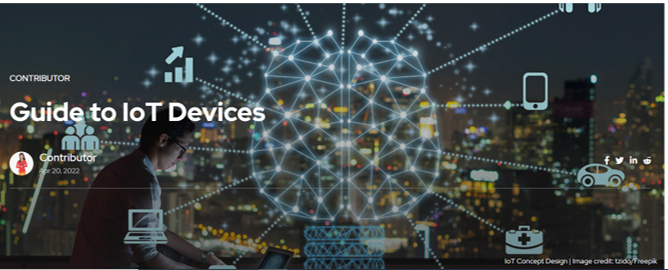Women in tech are cracking the glass ceiling
- Technology Workforce
- 0 Replies
There’s some good news for women in the traditionally male-dominated technology field: They are shrinking the gender gap. Newly-released research from Deloitte Global predicts that there will be nearly 33% overall female representation in large global tech firms, on average, in 2022, up slightly more than two percentage points from 2019.
According to Deloitte’s estimates, women’s share in the overall global tech workforce has increased by 6.9% from 2019 to 2022, while their share in technical roles has grown by 11.7%. Notably, the fastest growth—an estimated gain of nearly 20%—has occurred in the proportion of women in leadership, the firm said.
“We predict that roughly one in four leadership roles at large global tech firms will be held by women in 2022, representing a rise of more than four percentage points since 2019,’’ the Deloitte research said.
The technology, media and telecommunications industry in North America now has one of the highest percentages of women on boards–second only to the consumer industry–with 25% of board seats held by women, up from 17.4% in 2018, Deloitte said. This has been helped by board diversity legislation in states with a high proportion of TMT companies, such as California and Washington, according to the firm.
Continue reading: https://www.techrepublic.com/article/women-tech-cracking-glass-ceiling/
According to Deloitte’s estimates, women’s share in the overall global tech workforce has increased by 6.9% from 2019 to 2022, while their share in technical roles has grown by 11.7%. Notably, the fastest growth—an estimated gain of nearly 20%—has occurred in the proportion of women in leadership, the firm said.
“We predict that roughly one in four leadership roles at large global tech firms will be held by women in 2022, representing a rise of more than four percentage points since 2019,’’ the Deloitte research said.
The technology, media and telecommunications industry in North America now has one of the highest percentages of women on boards–second only to the consumer industry–with 25% of board seats held by women, up from 17.4% in 2018, Deloitte said. This has been helped by board diversity legislation in states with a high proportion of TMT companies, such as California and Washington, according to the firm.
Continue reading: https://www.techrepublic.com/article/women-tech-cracking-glass-ceiling/
























